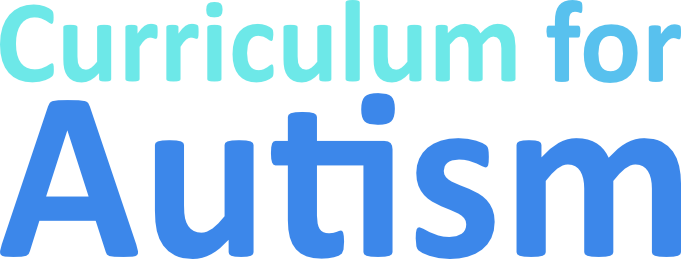How can I help my child with autism to develop their gross and fine motor skills?
All kids develop both gross and fine motor skills, but for some childrenwith autism it can be more difficult to learn new gross motor skills and fine motor skills.
My top tip to help your child or student if they struggle with any motor skills is to get an assessment & support from an Occupational Therapist (OT) as they are the experts in this field.
If you have to wait to access OT or their services aren’t available in you area, then I hope the info in this post will be helpful. (Please note: I am not an OT. I’m an autism mum and a former teacher).
Gross Motor Skills involve the movement or larger muscles and include things like running, jumping, throwing, and getting dressed.
Fine Motor Skills involve the movement of smaller muscles and include things like fastening buttons, picking up food or gripping a pencil.
Comparing your child with autism’ progrees to typical child development milestones can be discouraging if your child has motor development delays. It’s important to rememeber that all children develop at different paces, but milestones can be helpful for knowing the expected progression of skills so that you know what to work on and in what order.
About 50% of kids with autism have low muscle tone (hypotonia) which can make motor skills more challenging. The signs of low muscle tone can include unusual posture when sitting such as curling up, and leaning their trunk on their knees or on objects. Alternative seating can help improve seated posture and make our kids more comfortable eg wedge cushions, gymballs and wobble stools.
Does you child or student run everywhere even when prompted to walk? It might be that they find running easier because it requires less motor planning than calm walking. Kids who run constantly could be in ‘free fall’ where momentum keeps them going and they have no brakes. So instead of using more visual supports or even reprimanding the child for running about, it might be better to work on slow walking activities such as a walking around cones, or walking & stopping at pretend traffic lights.
When practicing gross and fine motor skills it’s helpful to keep in mind the sensory preferences of the child. Don’t try to force them to use activities which they can’t tolerate the texture or smell of. Safety is also important, so if your child/student mouths objects, for example, think carefully about any small objects you are using in fine motor activities.
Gross Motor Skills activity ideas to try:
throwing and catching bean bags (these are softer and move slower than balls so can be easier to catch)
throwing & catching textured balls (these acn be easier to ‘feel’ especially for kids who need more proprioceptive input)
jumping and dancing on a mini trampoline
music & movement (allowing the child’s choice of own music where appropriate can make it more motivating)
ribbon dancing (gymnastic ribbons are usually inexpensive to buy online)
yoga (I love the Yogarilla cards by SuperDuper)
stepping on & off of plastic step stools
balancing on a balance board or bosu ball (add in throwing & catching once they are able to balance)
creating an indoor or outdoor simple obstacle course
crawling through tunnels or under blankets
using a trike or scooter
stepping on stepping stones (these can be purchased or homemade)
animal movements
skipping with a rope
Fine Motor Skills ideas to try:
cutting & sticking
making patterns or pictures with stickers
tracing patterns & pictures
drawing skills (using directed drawing or copying activities to build confidence)
painting with a variety of brush types
threading beads & buttons
lacing cards
construction toys
using tongs to pick up items
jigsaw puzzles
baking and/or preparing snacks (remembering allergies & special diets as well as sensory preferences)
making pom poms
using percussion instruments (if the child can tolerate the noise)
hand sewing (starting with a plastic needle and yarn on pre-punched felt shapes)
Check out lots of low prep printable fine motor activities HERE
Thanks for reading!
Kirsten
